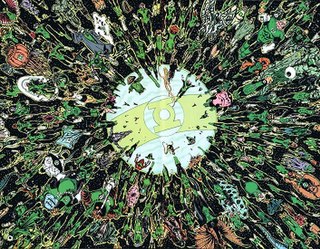
The Green Lantern Corps is a fictional intergalactic law enforcement agency and superhero team appearing in comics published by DC Comics. They patrol the farthest reaches of the DC Universe at the behest of the Guardians, a race of immortals residing on the planet Oa. According to DC continuity, the Green Lantern Corps have been in existence for three billion years. Currently operating amongst the 3600 "sectors" of the universe, there are 7204 members. Each Green Lantern is given a power ring, a weapon granting the use of incredible abilities that are directed by the wearer's own willpower.
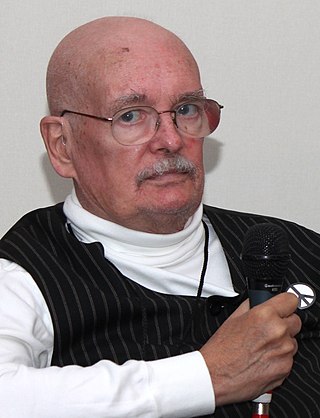
Dennis Joseph O'Neil was an American comic book writer and editor, principally for Marvel Comics and DC Comics from the 1960s through the 1990s, and Group Editor for the Batman family of titles until his retirement.

Geoffrey Johns is an American comic book writer, screenwriter, and film and television producer. Johns's work on the DC Comics characters Green Lantern, Aquaman, Flash, and Superman has drawn critical acclaim. He co-created the DC character Courtney Whitmore based on his deceased sister. He also expanded the Green Lantern mythology, adding in new concepts and co-creating numerous characters. Among the DC characters and concepts he co-created are Larfleeze, the Sinestro Corps, the Indigo Tribe, the Red Lantern Corps, Atrocitus, the Black Lantern Corps, Jessica Cruz, Hunter Zolomon, Tar Pit, Simon Baz, Bleez, Miss Martian, and Kate Kane.
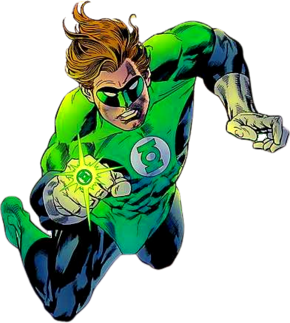
HalJordan, one of the characters known as Green Lantern, is a superhero appearing in American comic books published by DC Comics. The character was created in 1959 by writer John Broome and artist Gil Kane, and first appeared in Showcase #22. Hal Jordan is a reinvention of the previous Green Lantern who appeared in 1940s comic books as the character Alan Scott.

Martin Nodell was an American cartoonist and commercial artist, best known as the creator of the Golden Age superhero Green Lantern. Some of his work appeared under the pen name Mart Dellon.

John Stewart, one of the characters known as Green Lantern, is a superhero appearing in American comic books published by DC Comics. The character was created by Dennis O'Neil and Neal Adams, and first appeared in Green Lantern #87. Stewart's original design was based on actor Sidney Poitier and was the first African-American superhero to appear in DC Comics.
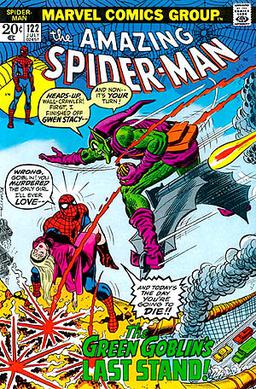
The Bronze Age of Comic Books is an informal name for a period in the history of American superhero comic books, usually said to run from 1970 to 1985. It follows the Silver Age of Comic Books and is followed by the Modern Age of Comic Books.
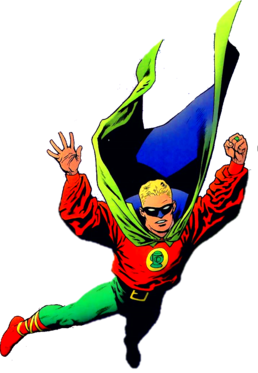
Alan Ladd Wellington Scott is a superhero appearing in American comic books published by DC Comics, and the first character to bear the name Green Lantern. He fights evil with the aid of his mystical ring, which grants him a variety of powers. He was created by Martin Nodell and Bill Finger, first appearing in the comic book All-American Comics #16, published on July 10, 1940.

Air Wave is the name of three superheroes appearing in American comic books published by DC Comics. The first two were active in the Golden Age of Comic Books. The third appears in comics in the 21st century.

Green Lantern: Rebirth is a six-issue monthly American comic book limited series written by Geoff Johns and illustrated by Ethan Van Sciver. Published by DC Comics between October 2004 and May 2005, the series featured characters from throughout the sixty-year history of Green Lantern comics.

A power ring is an object featured in American comic books published by DC Comics. The power ring first appeared in All-American Comics #16 on July 14, 1940.
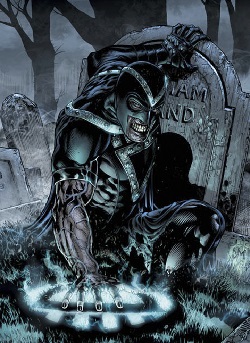
Black Hand is a supervillain and a recurring foe to Green Lantern.

The many incarnations of the DC Comics superhero Green Lantern have appeared in numerous media over the years.

"Snowbirds Don't Fly" is a two-part anti-drug comic book story arc which appeared in Green Lantern/Green Arrow issues 85 and 86, published by DC Comics in 1971. The story was written by Dennis O'Neil and Neal Adams, with the latter also providing the art with Dick Giordano. It tells the story of Green Lantern and Green Arrow, who fight drug dealers, witnessing that Green Arrow's ward Roy "Speedy" Harper is a drug addict and dealing with the fallout of his revelation. Considered a watershed moment in the depiction of mature themes in DC Comics, the tone of this story is set in the tagline on the cover: "DC attacks youth's greatest problem... drugs!"

The Black Lantern Corps is a fictional organization of corporeal revenants appearing in comic books published by DC Comics, related to the emotional spectrum. The group is composed of deceased fictional characters in zombie form that seek to eliminate all life from the DC Universe.

"Blackest Night" is a 2009–10 American comic book crossover storyline published by DC Comics, consisting of an eponymous central miniseries, written by Geoff Johns and penciled by Ivan Reis, along with a number of tie-in issues. Blackest Night involves Nekron, a personified force of death who reanimates deceased superheroes and seeks to eliminate all life and emotion from the universe. Geoff Johns has identified the series' central theme as emotion. The crossover was published for eight months as a limited series and in both the Green Lantern and Green Lantern Corps comic titles. Various other limited series and tie-ins, including an audio drama from Darker Projects, were published.
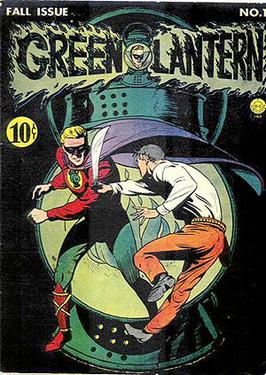
Green Lantern is an ongoing American comic-book series featuring the DC Comics heroes of the same name. The character's first incarnation, Alan Scott, appeared in All-American Comics #16, and was later spun off into the first volume of Green Lantern in 1941. After 38 issues, that series was cancelled in 1949. When the Silver Age Green Lantern, Hal Jordan, was introduced, the character starred in a new volume of Green Lantern starting in 1960.

Justice League: Cry for Justice is a seven-issue comic book limited series, written by James Robinson, drawn by Mauro Cascioli, and published by DC Comics in 2009. It follows the adventures of a spin-off Justice League, led by Justice League veterans Green Lantern and Green Arrow, and composed of Starman, Congorilla, Freddy Freeman, the Atom, and Supergirl. They are seeking a more proactive stand for seeking justice following the apparent deaths of long-standing Justice League members Batman and Martian Manhunter during the Final Crisis event.
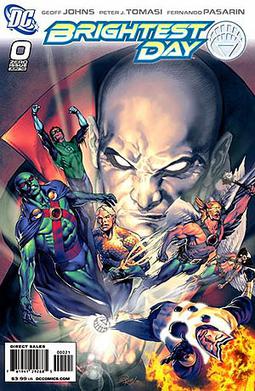
Brightest Day is a 2010–11 crossover storyline published by DC Comics, consisting of a year-long comic book maxiseries that began in April 2010, and a number of tie-in books. The story is a direct follow-up to the Blackest Night storyline that depicts the aftermath of the events of that storyline on the DC Universe.




















